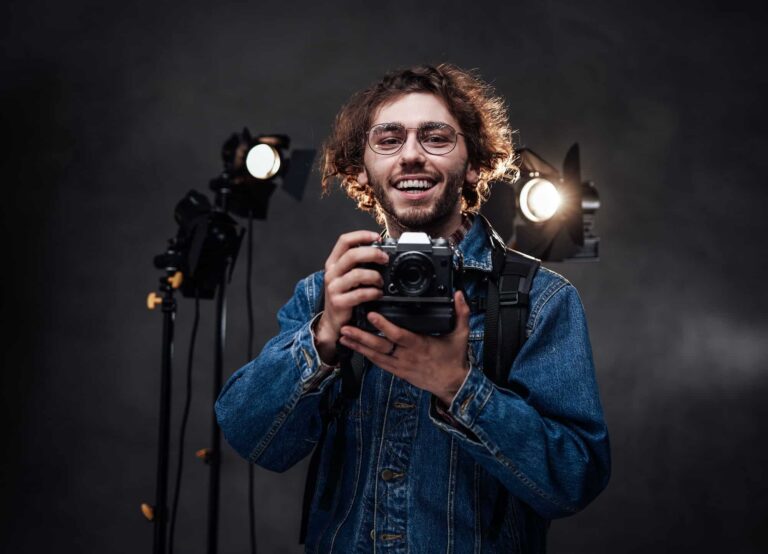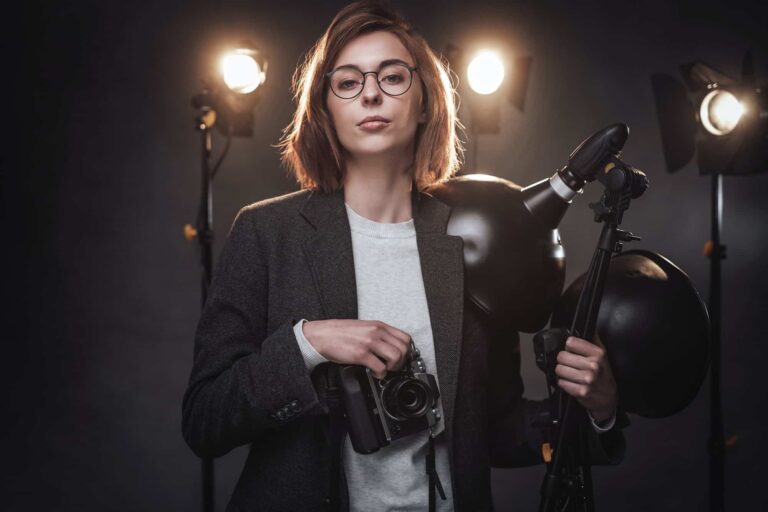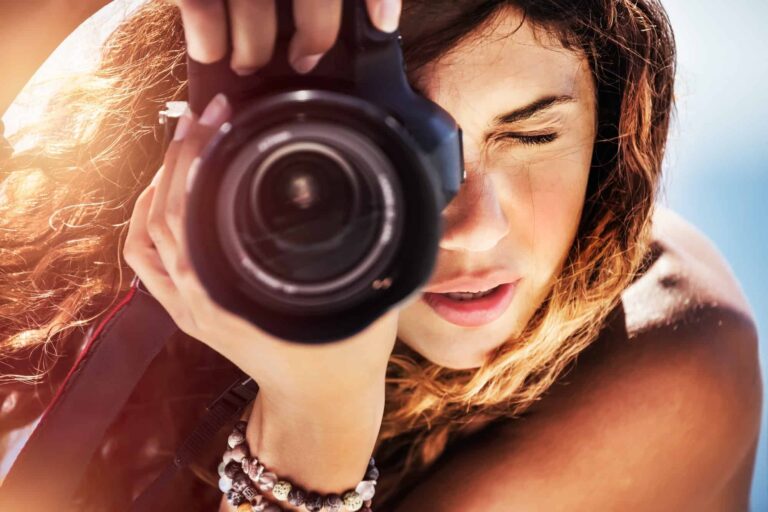Still-life photography is a powerful art form that transforms everyday objects into captivating works of art. By focusing on composition, lighting, and detail, this genre allows photographers to infuse ordinary items with a sense of beauty and intrigue. In this blog post, we’ll explore how to elevate your still-life photography skills and create stunning images that stand out.
Understanding Still-Life Photography
Still-life photography involves capturing inanimate objects arranged in a deliberate way. Unlike other photography genres, it doesn’t rely on external subjects or dynamic environments but instead focuses on the careful arrangement and portrayal of the objects within the frame. This approach offers photographers a unique opportunity to exercise creativity and control, turning mundane items into visually striking compositions.
The Power of Composition
Composition is crucial in still-life photography. It dictates how objects are arranged within the frame and can significantly impact the overall aesthetic of the image. Here are a few key principles to consider:
Rule of Thirds: Divide your frame into a 3×3 grid and place key elements along these lines or intersections. This helps create a balanced and engaging composition.
Leading Lines: Use lines within the arrangement to guide the viewer’s eye toward the focal point of the image. This technique adds depth and interest to the photograph.
Framing: Incorporate elements in the scene to frame the main subject. This can draw attention to specific parts of the composition and add a sense of context.
Mastering Lighting
Lighting is one of the most important aspects of still-life photography. It influences the mood, texture, and overall quality of the image. Here are some tips for effective lighting:
Natural Light: Utilize natural light for a soft and natural look. Position your setup near a window and use diffusers to soften harsh sunlight.
Artificial Light: Experiment with artificial lighting sources such as lamps or studio lights. Use modifiers like softboxes or reflectors to control the intensity and direction of the light.
Shadows and Highlights: Pay attention to how light and shadows interact with your objects. Shadows can add depth and dimension, while highlights can emphasize texture and details.
Selecting and Arranging Objects
Choosing the right objects and arranging them thoughtfully is key to creating a compelling still-life photograph. Consider the following:
Theme and Story: Decide on a theme or story for your composition. This could be a seasonal theme, a color palette, or a specific mood you want to convey.
Contrast and Harmony: Select objects with contrasting colors or textures to create visual interest. Alternatively, use items that harmonize to evoke a sense of tranquility and unity.
Background and Props: Choose backgrounds and props that complement your objects without distracting from them. Simple, uncluttered backgrounds often work best, allowing the focus to remain on the main subjects.
Post-Processing and Fine-Tuning
After capturing your still-life images, post-processing can enhance the final result. Adjustments such as cropping, color correction, and sharpening can refine your photograph and bring out the best in your composition.
Conclusion
Still-life photography is a fascinating way to transform ordinary objects into extraordinary art. By mastering composition, lighting, and arrangement, you can create images that are not only visually stunning but also emotionally resonant. So, gather your objects, experiment with different setups, and let the magic of still-life photography turn moments into timeless art.



